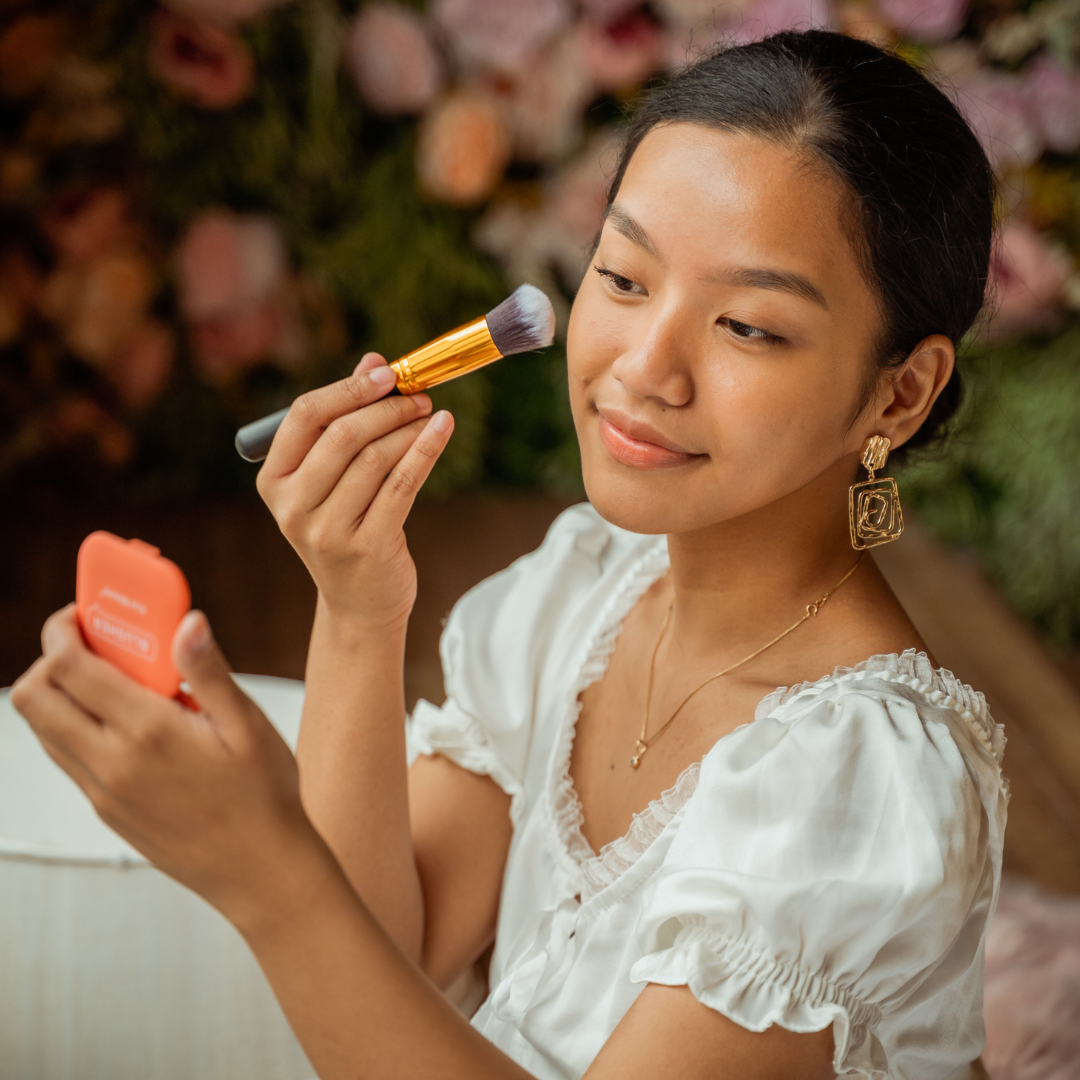
Sarah Guerrero
Sarah Guerrero is a freelance writer and contributor to Slow North. She has a degree in international business from St. Mary’s University in San Antonio, Texas, and writes about sustainable business practices and ethical living.



I’ve been researching and writing about clean beauty and skincare (and shopping for it!) for over a decade.
Finding great, clean beauty products is definitely a thousand times easier than it used to be. But it’s still very confusing!
For every great company changing beauty and skincare for the better, there’s another company using terms like “natural” and “clean” irresponsibly or even unethically.
Over the years, I’ve learned tricks for making shopping clean so much easier, so I can focus on finding the right formula for my budget and needs.
Here they are:
Greenwashing is when a company uses a term like “natural” to make you think its products are safer and cleaner than they really are.
The beauty and skincare industry in the United States is, in fact, very poorly regulated, which is one of the reasons I love purchasing skincare from smaller companies, that value integrity and ethical business...see tip #2 below!
Terms like “green,” “sustainable,” “all-natural,” and “eco-friendly” have practically zero meaning. The bottom line? Don’t pay much attention to what’s on the front of the label. Look at the ingredient list, and the product’s certifications.
 Photo by Harper Sunday
Photo by Harper Sunday
There are some amazing beauty and skincare brands out there that are creating high-performing, clean products, and finding a handful of these brands makes it so much easier to find clean beauty products.
Michelle Simmons, Slow North’s creator, points out that small brands who are willing to be open and transparent are the kinds you want to shop with:
“As a consumer, I know that when everything’s listed, I can do the research and I can make a decision. That’s important.”
What’s even better is that supporting small companies (like Slow North!) often means I’m supporting minority-owned, LGTBQ+-owned, and/or woman-owned brands, and I’m using my dollars to vote for change.
It’s been incredible to watch change happen (even if it’s been slow) over the last decade. But we still have a long way to go when it comes to sustainability, carbon-neutrality, transparency, and zero greenwashing, and small brands are (of course) still leading the way!
My favorite hack for finding clean beauty is to stick with a company I know and trust.
Slow North, for example, chooses to only offer products that explicitly reveal their full ingredient lists, and focus on only high-quality ingredients. That means I can pick up any product in the store and feel good about it using it!

Target and Sephora both have clean beauty designations now, as do many other retailers. Some are more stringent than others.
You’ll need to read their descriptions (Target’s is here and Sephora’s is here) to understand what’s included (and what’s not).
For example, Acure is considered a clean brand at Target, but many of their products have less than a green rating on the Think Dirty App (see my last tip).
The EWG (Environmental Working Group) has some of the most rigorous standards when it comes to clean beauty and skincare; you can look for their badge on larger brand products.
Other certifications to look for are the Fair Trade Seal (fair wages and sustainability) and the Leaping Bunny (cruelty-free). Finding products with these certifications can help you align your beauty with your personal values, a beautiful thing!
 Photo by Daria Gordova
Photo by Daria Gordova
Knowledge is power, my friend, and if you’ve ever fancied yourself a budding chemist, you’re going to love the kind of information the internet has on offer today!
The Think Dirty App is my favorite. You can use your phone to scan the barcodes of products right in the store for an immediate rating. Each product receives a green, yellow, or red rating, and the app breaks down potential concerns in each ingredient.
I just used it, for example to check sunscreen from one of my favorite brands. The Think Dirty app gave it a four and places it in the yellow category. I can read about potentially concerning ingredients, and decide if I want to take the risk or not!
Here’s a great list of additional websites that can help you know exactly what’s in your products.
Featured collection